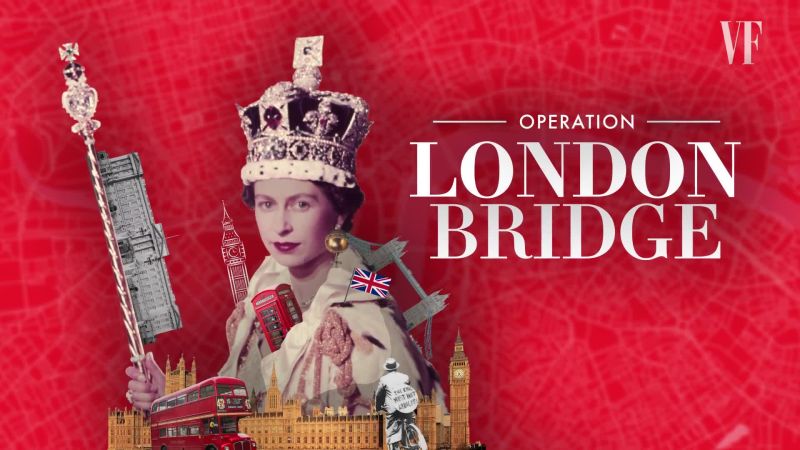Operation London Bridge has been a codename that referred to the plan for what will happen in the days after the death of Queen Elizabeth II.
The plan was originally devised in the 1960s and is updated several times each year. It involves planning from government departments, the Church of England, Metropolitan Police Service, the British Armed Forces, the media and Royal Parks of London. Some critical decisions relating to the plan were made by the Queen herself, although some can only be made by her successor (the current heir apparent is her son, Charles, Prince of Wales), after her death.
As of early 2017, the phrase “London Bridge is down” was expected to be used to communicate the death of the Queen to the prime minister of the United Kingdom and key personnel, setting the plan into motion.
Read Also: Queen Elizabeth To Be In Quarantine Beyond October
The codename Operation London Bridge primarily refers to events that would take place in the United Kingdom. In addition to the United Kingdom, other Commonwealth realms where Elizabeth II acts as monarch have developed their own plans for what will happen in the days after her death. These corresponding plans would run concurrently with Operation London Bridge.
The Queen’s private secretary will be the first official (i.e., not one of the Queen’s relatives or part of a medical team) to convey the news. Their first act will be to contact the prime minister, where civil servants will convey the code phrase “London Bridge is down” to the prime minister using secure telephone lines.
The Foreign and Commonwealth Office’s Global Response Centre, based at a secret location in London, will communicate the news to the governments of the fifteen other countries of which the Queen was the head of state (the Commonwealth realms), and to the governments of the other countries of the Commonwealth of Nations.
The media would be informed via an announcement to the Press Association and the British Broadcasting Corporation (BBC) through the Radio Alert Transmission System (RATS) and to commercial radio on the Independent Radio News through a network of blue “obit lights” which will alert presenters to play “inoffensive music” and prepare for a news flash, while BBC Two would suspend scheduled programming and switch to BBC One’s broadcast of the announcement.
BBC News will air a pre-recorded sequence of portraits, during which the presenters on duty at the time will prepare for the formal announcement by putting on dark clothing prepared for this purpose. The Guardian has reported that The Times has eleven days of prepared coverage ready and that ITN and Sky News have long rehearsed her death, but substituting the name “Mrs Robinson”.
A footman would pin a dark-edged notice to the gates of Buckingham Palace. At the same time, the palace website would display the same notice. The Parliament of the United Kingdom would be recalled. If possible, it would meet within hours, and the prime minister would address the House of Commons.
The day after the Queen’s death, the Accession Council would meet at St James’s Palace to proclaim the new monarch. Parliament would meet that evening when MPs would swear allegiance to the new monarch.
Different arrangements for moving the Queen’s coffin are planned depending on where she dies. For example, if the Queen dies at Windsor Castle or Sandringham House, it would be moved by car to Buckingham Palace within a couple of days. If the Queen dies overseas, it would be brought by No. 32 (The Royal) Squadron to RAF Northolt and then by car to Buckingham Palace. If the Queen dies in Scotland (for example, at Holyrood Palace or Balmoral Castle), the coffin would first lie in repose at Holyrood Palace followed by a service of reception at St Giles’ Cathedral in Edinburgh.
Following this, the coffin would then be transported to Waverley Station and then taken by the Royal Train to London. In all cases, the coffin would be taken to the Throne Room at Buckingham Palace. Four days after the Queen’s death, it would be moved to Westminster Hall and lie in state for four days.
The state funeral would be held at Westminster Abbey nine days after the Queen’s death, after which her body would be buried in a prepared tomb at St George’s Chapel, Windsor Castle.
AFRICA TODAY NEWS, NEW YORK
